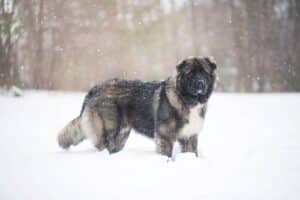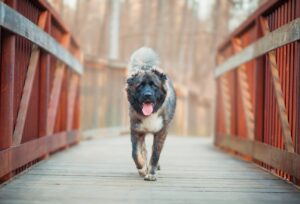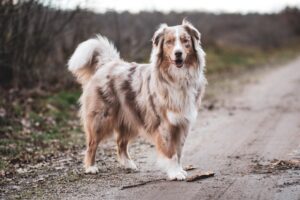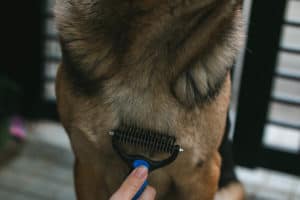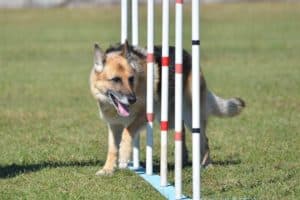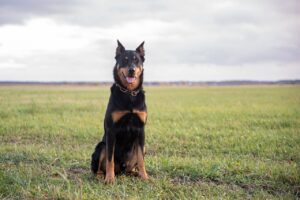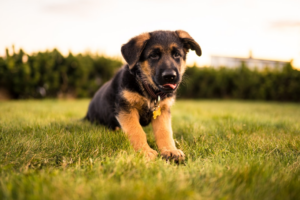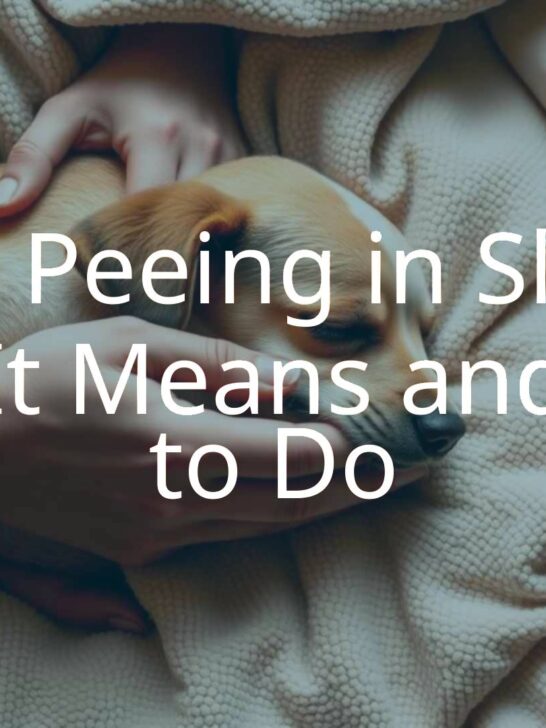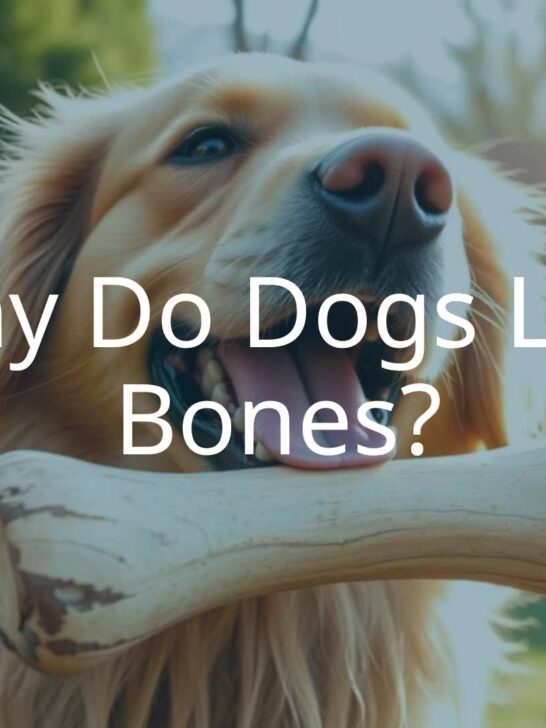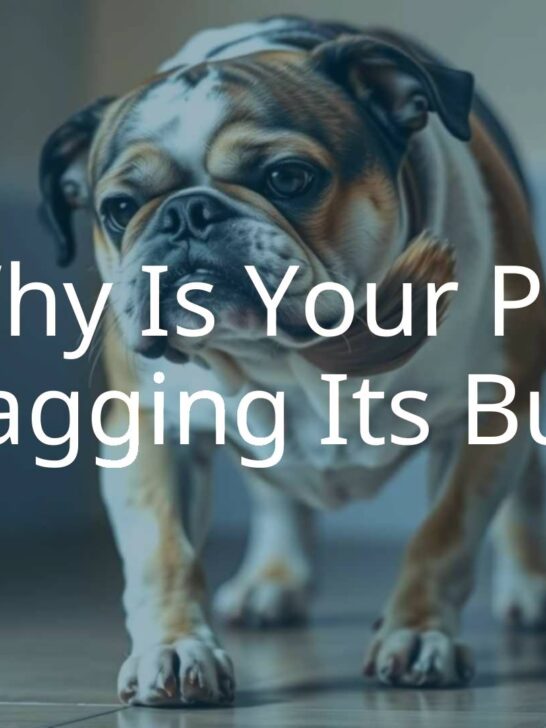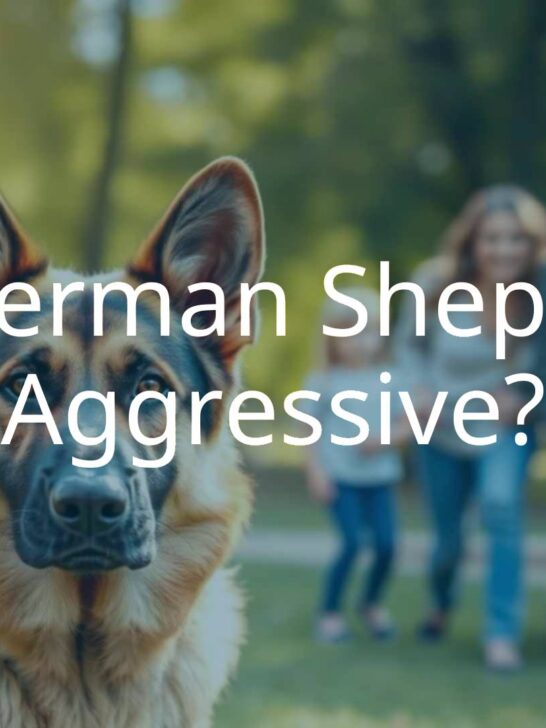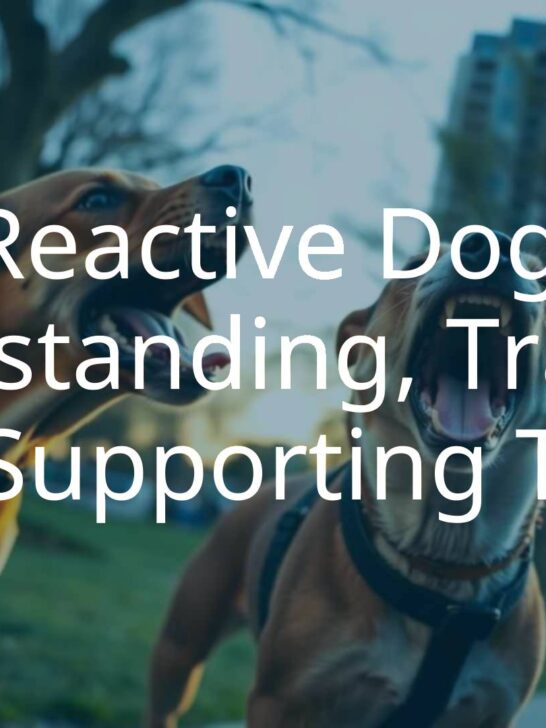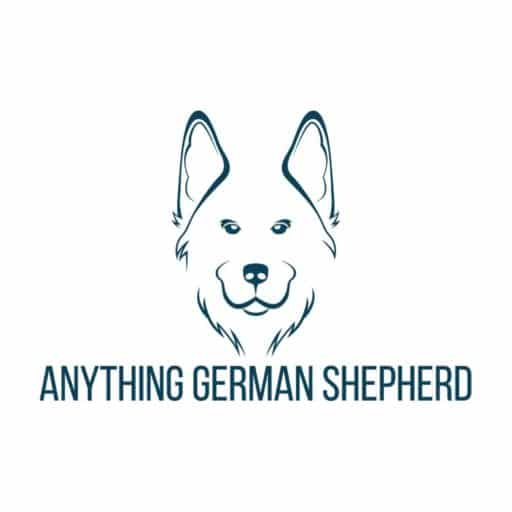Splooting Dog: What It Is and Why Dogs Do It
Have you ever noticed your dog stretched out flat on their stomach, with their back legs sticking straight out behind them? This cute and funny pose is called “splooting.” Though it might look unusual, splooting is a well-known word among dog owners and vets. For most dogs, it’s a normal and comfortable way to relax. In this article, we’ll explain what splooting is, why dogs do it, what it looks like, and when it might mean something is wrong.
So, what is a sploot? A sploot is when a dog lays on their belly, stretching one or both hind legs straight behind them. It’s not just a random sprawl. Many dogs sploot on purpose because it feels good. Usually, this pose means your dog is calm, happy, and comfortable. Think of it like your dog’s big stretch after a nap or some playing.
What is splooting in dogs?
Splooting describes a clear way that some pets, especially dogs, lie down. It’s when a dog stretches out flat, belly touching the ground, with their back legs straight out to the back. This pose is more than just a way to rest-it’s often done evenly on both sides and shows flexibility. The exact first use of the word “sploot” is unknown. Some say it comes from “splat!” because of how the dog looks, while others think it’s just a fun bit of pet slang. No matter where it came from, splooting is now a popular and cute way to describe this stretched-out position.
When a dog sploots, their stomach is pressed flat to the floor and their back legs go directly back, making them look a bit like a frog. Their front legs are usually folded under. This pose lets the dog’s undersides touch a larger area of the surface, which, as we’ll see, has a few benefits. It also shows the dog is relaxed, comfortable, and probably enjoying their nap or daydreaming about chasing a ball.

How does a sploot look?
You can recognize a sploot right away. If you see a dog lying down, check their back legs. In a sploot, the hind legs aren’t tucked under or to the side-they stretch out trailing behind. Dogs often sploot on cool tile or wood floors, laying almost completely flat with their rear limbs straight back. It’s a pose that many owners find both funny and adorable, and leads to lots of shared photos. This stretched-out back leg is what makes a sploot different from regular lying-down positions.
How a sploot looks depends on the dog’s breed and body shape. Short-legged breeds often look even more “flattened.” The posture gives a good stretch for the hips and legs and makes the dog look especially calm. It’s a good sign your dog feels totally at home and relaxed.
Different types of dog sploots
Dogs can sploot in more than one way, depending on their own flexibility and likes. Here are the main kinds:
- The Full Sploot: The classic type. Both back legs are stretched straight behind, flat to the ground. This even, “frog-like” pose is common in breeds like Corgis, Chihuahuas, and Dachshunds. Cats sploot like this too.
- The Half Sploot: One back leg goes back straight, while the other tucks under the belly. The result is uneven but still comfy. This type is often seen in bigger breeds like German Shepherds, who may find a full sploot tougher.
- The Side Sploot: Here, one back leg goes out to the side instead of straight behind, while the other stays tucked. It’s a more casual stretch, giving some of the benefits of a full sploot without the deep stretch.
You might also hear sploots called “flying squirrel,” “frog dog,” “pancaking,” or “supermanning.” All these names mean an animal lying stretched out, showing flexibility and comfort.
Why do dogs sploot?
Dogs sploot for simple reasons: comfort, stretching, and cooling down. Most of the time, it’s just a position that feels good. Just like people, dogs try out different poses to relax. Splooting combines a big stretch with comfort, making it a favorite for many dogs.
For almost all dogs, splooting shows they are comfortable and healthy. You’ll often see your dog splooting when things are calm and they feel safe at home.
Full-body stretch and flexibility
One main reason dogs sploot is to enjoy a big, full-body stretch. The pose helps relax their muscles and joints-especially in the legs, hips, and back. Just as people stretch after sitting or exercising, dogs use splooting to loosen up. Pups and younger dogs sploot more because they have flexible joints and muscles, but even older dogs with healthy joints may still sploot.
Relaxing and comfortable for joints
Splooting often feels simply good for the dog. Dogs look for the most comfortable way to rest, and for some, that’s the sploot. This position can sometimes ease pressure on the lower back or hips and can be a comfort, especially after being active.
When your dog is splooting, it usually means they feel secure-relaxed enough to show their soft belly and not worried about their surroundings at all.
Cooling down on hard surfaces
Dogs get hot more easily than people because they don’t sweat much. Splooting on a cold floor helps them cool off. By spreading their belly and legs flat on a cool surface, dogs can get rid of body heat faster. That’s why you’ll see splooting most often on tile, wood floors, or cool shady grass, especially when it’s hot or after playing.
Natural, instinctive behavior
For many dogs, splooting just comes naturally. Some dogs love to sploot their whole lives; others never do. The pose isn’t something they learn-it’s more like an instinct. This is why experts usually say splooting is safe and normal, and nothing to worry about in most cases.
Which dog breeds are most likely to sploot?
Any dog can sploot, but some breeds do it more because of their body shape and flexible hips. This is often related to their proportions-dogs with shorter legs and longer bodies seem to find it easiest. If your dog is one of these breeds, you may see splooting a lot.
Your dog’s breed and body structure can help you predict if they’ll take to splooting or not.
Breeds known for frequent splooting
Some breeds are famous for their sploot!
- Corgis: Experts at the full sploot-it’s almost their trademark move!
- Chihuahuas: Their little bodies make splooting easy.
- French Bulldogs: Compact and flexible, they often sploot.
- Bulldogs (English and French): Both types like to sploot due to their build.
- Dachshunds: Long bodies and short legs make them sploot to take pressure off their spine and hips.
- Basset Hounds: Their long bodies and short legs help them settle into a good sploot.
- Pugs: These dogs often enjoy splooting too.
- Australian Shepherds: Not short-legged, but still known to sploot often.
- Pit Bulls: Some Pit Bulls are also frequent splooters.
Even dogs like Labradors might sploot, but the classic, half, or side sploot is more common. While any dog can try the pose, breeds built for flexibility find it easiest.
Role of genetics and body structure
Dogs with more flexible hip joints and certain body shapes-like short legs and long backs-find it easier to sploot. Their bodies let them stretch further without discomfort. Scientists from Wisdom Panel have even found links between a dog’s genes and their typical behaviors, including how likely they are to sploot. So, if your dog sploots a lot, it might just run in the family!
Is splooting good or bad for dogs?
For most dogs, splooting is safe and healthy. It usually shows your dog feels good, is relaxed, and is comfortable. Owners often find it cute, and splooting is usually not a problem at all.
But, like any behavior, the setting matters. On rare occasions, splooting can be a sign of pain or a health issue, but most times it just means your dog is content.
When splooting is normal and healthy
Usually, splooting means your dog is happy and doing well-especially in puppies and young dogs who still have lots of flexibility. If your dog sploots often and has no trouble getting up or moving around, it’s a healthy, normal, and comfortable pose.
Potential benefits for joints and muscles
Splooting gives dogs a big stretch for their hips, back, and legs. It can help relax tight muscles and reduce pressure from joints and back. For dogs who play hard or walk a lot, splooting may help them unwind. If your dog does a full sploot often, it probably means their hips and joints are healthy. Dogs in pain usually avoid this position.
When does splooting in dogs indicate a problem?
While splooting is usually safe, sometimes it can be a sign there’s a problem. Pay extra attention if splooting is new for your dog, or if it comes with other symptoms like limping or less activity. The main difference is whether your dog is splooting out of comfort or to try to stop pain.
Signs splooting may be linked to discomfort
If splooting is new, especially in older dogs, or if you see other signs of trouble, check for problems. Some warning signs include:
- Limping or changes in walking style (like “bunny hopping”).
- Trouble getting up or moving out of a sploot.
- Lower energy or not wanting to play.
- Not eating much.
- Rashes or itching after splooting.
- Being stiff or staying in sploot for a long time.
- Odd positions as if trying to get comfortable.
- Grumpiness or not wanting to be touched in some spots.
If your dog has these signs with splooting-especially if it’s new for them-talk to your vet. The sploot might not be comfortable for them, but a way to try relieving pain instead.
Splooting and joint conditions like hip dysplasia
Sometimes, splooting might mean your dog has joint or hip problems. Common issues include:
- Hip Dysplasia: The ball and socket of the hip don’t fit well, causing pain and joint problems. This is more common in big breeds and shows up as stiffness or a “bunny hop” run.
- Osteoarthritis: Seen often in older dogs, this is when joint cushions wear down, causing pain. If an older dog starts splooting, it could be a sign of this problem.
- Trauma: Sprains or accidents can cause pain that leads a dog to sploot to try easing it.
- Arthritis: Joint swelling and pain sometimes makes a dog sploot to find relief.
- Ataxia: This condition affects the nerves and can change the way a dog stands or moves, maybe leading to sploots.
If your dog suddenly starts splooting, seems to have pain, or recently had heat issues, let your vet know. They can check if it’s normal for your dog or a sign of a health issue.
Differences between healthy and concerning splooting
Healthy splooting is easy: the dog moves in and out of the pose with no trouble, looks relaxed, and seems happy overall. Puppies often sploot just because it’s a comfortable stretch.
Worrisome splooting usually looks stiff or painful and happens in dogs who didn’t sploot before. Watch for trouble getting up, stiffness, limping, mood changes, or not wanting to play. If the sploot looks more like a way to manage pain, see your vet.
When to contact your veterinarian
If you notice these things, contact your vet:
- Your older dog sploots for the first time: Could be arthritis or other joint problems.
- Trouble getting up or moving: Struggling to stand or move after splooting.
- Limping or weird walking/running: New “bunny hopping” or limping.
- Lower energy: Less interest in walks, playing, or activities your dog used to like.
- Change in behavior: More cranky, doesn’t like being touched, or acts in pain if you touch certain areas.
- Heat issues: If your dog sploots with lots of panting or signs of overheating and can’t find a cool place.
Your vet can check for hidden problems and help you figure out what’s best for your dog, including any tests or new routines needed.
How to encourage healthy behaviors in splooting dogs
Most dogs can sploot safely, and you usually don’t need to stop them. Instead, support healthy habits that let your dog feel comfortable. This will help your dog keep their joints and muscles working well-so splooting remains a good thing for years to come.
Safe environments for comfortable splooting
Make sure your dog has cool and comfortable places to sploot. Offer access to tile or wood floors, shaded outside spots, or grass. If cool floors aren’t available, try a cooling dog bed. Give your dog options by having both soft beds and cool hard spots, so they can choose where to rest.
Exercise and stretches for joint health
Keeping your dog at a healthy weight and moving often is key for good joints and happy splooting. Regular walks, playtime, and other activities fit for their age and size will help. Gentle stretching, even by letting them sploot, is helpful too.
You might also think about joint supplements if your dog is getting older. Things like glucosamine or special dog supplements can soothe joints and keep them flexible. Always check with your vet before starting new supplements.
Frequently asked questions about splooting dogs
Dog splooting leads to lots of questions. Here are answers to common ones from owners everywhere:
Do cats and other animals sploot too?
Yes! Cats sploot in the same way as dogs, usually in a full sploot position. Other mammals-like squirrels, rabbits, marmots, and bears-also sploot, especially to cool off on hot days. Squirrels, for example, often sploot on hot pavement or tree branches to cool their bellies.
Does splooting say anything about a dog’s personality?
Splooting itself doesn’t show deep personality traits, but a dog who sploots is likely confident and feels safe. Splooting shows they are relaxed in their space. Some people think splooting might be a way for dogs to take up more room or show they feel comfortable, but mostly-it simply means your dog is happy and at ease.
Should puppies sploot?
Yes, it’s normal and healthy for puppies to sploot. Young puppies are more flexible, so it’s easy for them. If your puppy doesn’t sploot, it’s usually just their own choice or they haven’t found the pose yet, unless they seem stiff or in pain in other ways.


